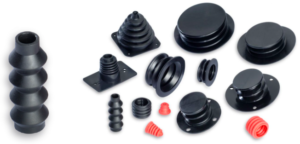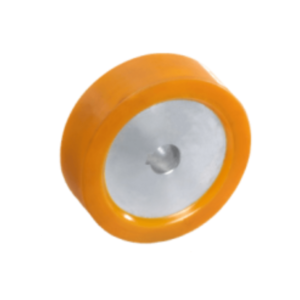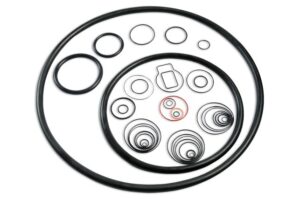In the dynamic world of industrial operations, where precision and reliability are paramount, the protection of machinery against environmental factors and mechanical stress is crucial. Among the various components that contribute to this protection, cone bellows stand out as versatile and essential elements. Let’s explore how cone bellows safeguard industrial equipment and ensure uninterrupted functionality.
What are Cone Bellows?
Cone bellows, also known as expansion joints or compensators, are flexible components typically made from metal or rubber. Their design allows for axial, lateral, and angular movement, compensating for thermal expansion, vibration, misalignment, and other dynamic stresses within industrial systems. Our KPM rubber bellows come in various shapes and sizes, customized to specific applications and environmental conditions.

Protection Against Environmental Factors
Industrial environments are often harsh, with exposure to extreme temperatures, abrasive materials, corrosive chemicals, and other challenging conditions. Cone bellows act as protective barriers, shielding sensitive components such as pumps, valves, and actuators from these elements. Their flexible construction absorbs vibrations and movements, preventing damage and extending the lifespan of equipment.
Absorbing Vibrations and Shock
Industrial machinery generates vibrations and shock during operation, which can propagate through the system, causing fatigue and premature failure. Cone bellows dampen these vibrations, acting as shock absorbers to protect delicate equipment and ensure smooth operation. By dissipating kinetic energy, they minimize the risk of structural damage and maintain operational stability.
Mitigating Thermal Expansion
Temperature fluctuations can cause materials to expand and contract, placing significant stress on connected components. Cone bellows accommodate thermal expansion by flexing and elongating, thus relieving strain on the system. This capability is particularly crucial in piping systems, where rigid connections could lead to leaks, cracks, or ruptures under thermal stress.
Conclusion
Cone bellows play a vital role in safeguarding industrial equipment against environmental factors, thermal expansion, vibrations, and mechanical stress. Their flexible and resilient design enables them to absorb shocks, accommodate movements, and maintain system integrity in diverse operating conditions. By incorporating cone bellows into industrial systems, companies can enhance equipment protection, minimize downtime, and optimize performance, ultimately ensuring operational stability and longevity.
Contact us to get a quote on our cone bellow product.


